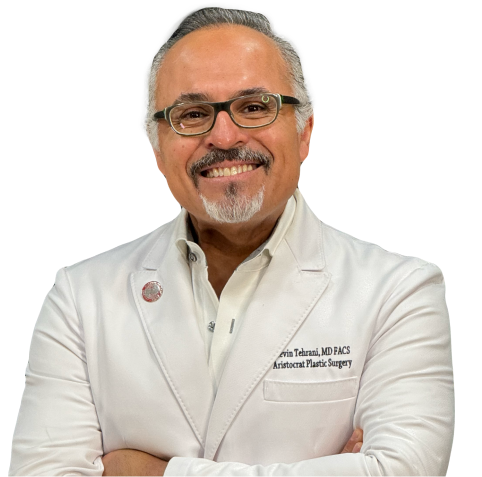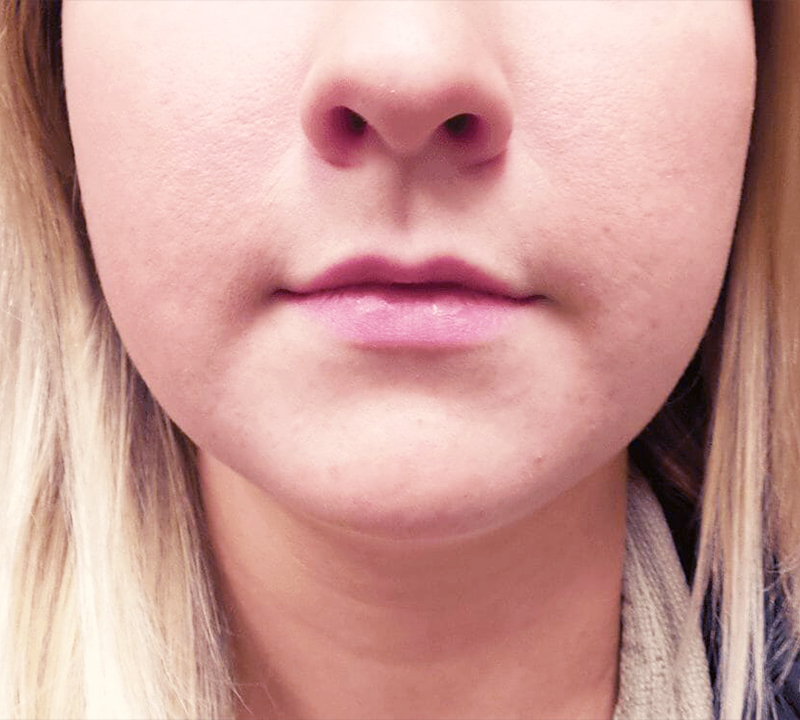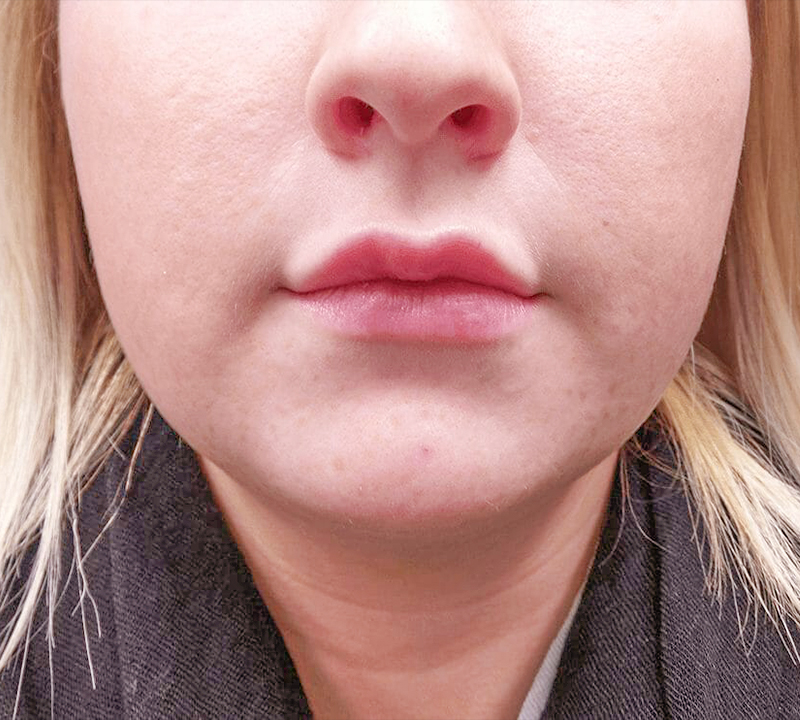Lip Lift

Is a Lip Lift Right For You?
Lip lift (also known as subnasal lip lift or upper lip lift) is an upper lip enhancement procedure that can be performed under local anesthesia. It shortens the distance between the upper lip and the nose (known as the philtrum) causing an outward turn of the upper lip which makes it look fuller and lifter.

Who is a Candidate for a Lip Lift?
As we age, the space between the nasal base and the upper lip becomes longer which makes the upper lip thinner, flatter and longer. Some people are born with a long upper lift. Upper lift lip is a great procedure that provides instant upper lip enhancement.

Unlike lip fillers, lip lift surgery delivers permanent results but it cannot make your lips significantly fuller. This surgery is a perfect choice for patients looking for enhancement of a Cupid’s bow and a subtle increase in lip volume. It can be done under local anesthesia, and the downtime is minimal with a hidden incision in the nose.
What are Lip Lift Results Like?

Meet Dr. Kevin Tehrani, MD FACS
What are Lip Lift Alternatives?
If a patient is interested in achieving more dramatic results, lip filler injections or lip augmentation with implants could be more suitable options. At your consultation, our board-certified plastic surgeon Dr. Tehrani will recommend a treatment based on your aesthetic goals and budget.

Get in touch
To schedule a consultation, please fill out the form below or call us at our Manhattan or Great Neck office locations.
"*" indicates required fields
Frequently
Asked Questions
Who benefits from a lip lift?
Individuals who desire a shorter distance between the nose and upper lip, more visible teeth when smiling, or a fuller lip shape.
Where is the incision placed?
Usually beneath the base of the nose (a “bullhorn” incision), which camouflages well after healing.
Is it possible to combine a lip lift with other facial procedures?
Yes. It can be combined with rhinoplasty or a facelift, if appropriate for your goals and anatomy.
How long before I see final results?
Initial results are visible within a couple of weeks, but subtle refinements may continue over 2–3 months.
What is the downtime?
Most patients return to normal activities within 5–7 days, but swelling may persist for 1–2 weeks.





